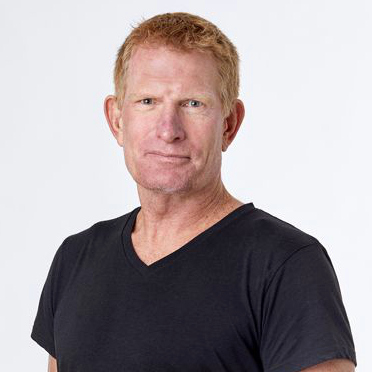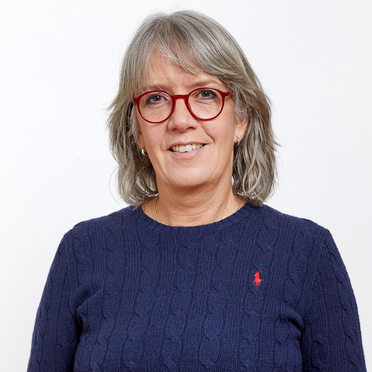Biomechanics
Biomechanics is the science of how forces affect a living body and how muscles, bones, tendons, and ligaments work together to move.
Biomechanics, or movement theory, is a prioritized research area at GIH and is based in the Laboratory for Biomechanics and Motor Control (BMC).
History
The subject area has ancient origins. Even the ancient Greeks, Aristotle, and others had thoughts and theories about how people and animals move. Galileo Galilei and Isaac Newton read the foundations of modern (bio-)mechanics in the 17th and 18th centuries. One of Galileo's disciples, G.A. Borelli, published his book "De Motu Animalium" (1734), considered the first scientific analysis of movement.
Biomechanics then developed in step with technological progress. A significant boost came at the end of the 19th century with the introduction of Marey and Muybridge's serial photography. Electromyography, which provides the opportunity to study the function of muscles by diverting the electrical activity linked to their activation, is based on findings and method development during the 18th (Galvani and others) and 19th centuries (Du Bois Reymond).
The real boost for movement theory came with the introduction of computer technology in the latter half of the 20th century. In Sweden, Sven Carlsöö was one of the real pioneers. His book "How man moves" (1972) is a classic that also contains an analysis of sports movements.
Orientations
The overall focus is integrating neuronal, muscular, and mechanical principles to understand how human movements are controlled and adapted to different conditions.
Based on a regular movement pattern, adaptations to and compensations for various disturbances/modifications are studied, such as changed movement speed, external load, balance disturbance, fatigue, and exercise. This model is used, among other things, in studies of balance in standing and sitting, walking and running movements, and in the analysis of sports movements and training exercises.
Trunk motility and stabilization of the spine are particularly interesting, as are neuromuscular mechanisms of maximal muscle force and muscle fatigue. Measurements are carried out on individuals of different ages, gender, and level of training.
Collaboration
The Laboratory for Biomechanics and Motor Control (BMC-lab) activities have a strong connection with the Department of Neuroscience, Karolinska Institutet. National collaboration takes place, among others, with the Department of Orthopedics, Karolinska Institutet, Huddinge. Visiting researchers from various countries, for example, Australia, Canada, Denmark, Japan, China, and the USA, regularly stay at the laboratory.
Seven of the fifteen doctoral students who have completed their dissertations from BMC-lab have a foreign background (Australia, Canada, China, USA, Austria). Projects are run together with research groups at Brisbane, Vancouver, and Georgia universities.
Some applied studies collaborate closely with GIH's Laboratory for Applied Sports Science (LTIV).
On this page
Contact
 Professor, pro-vice-chancellor, head of subject in biomechanicsToni Arndttoni.arndt@gih.se+46 8-120 53 739
Professor, pro-vice-chancellor, head of subject in biomechanicsToni Arndttoni.arndt@gih.se+46 8-120 53 739

